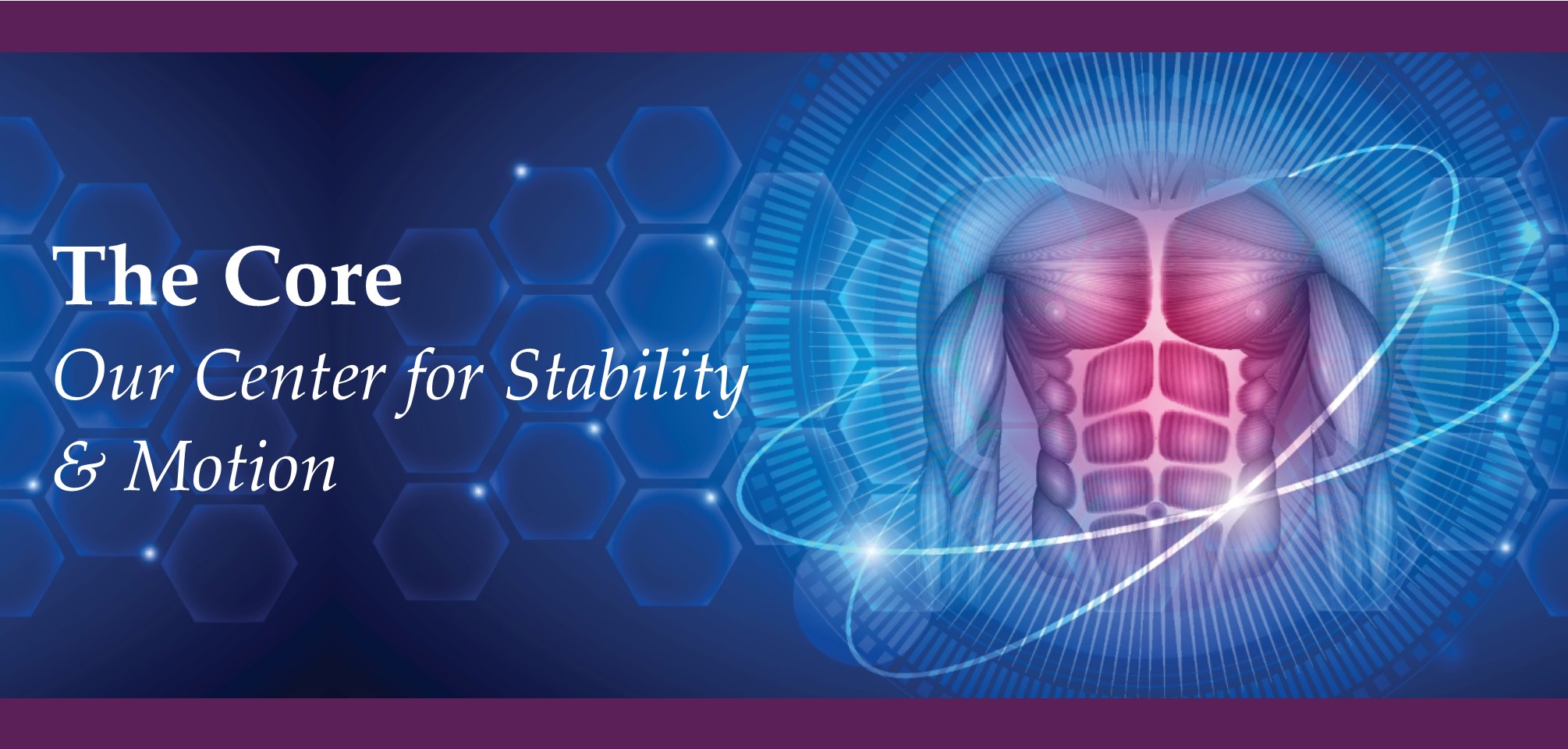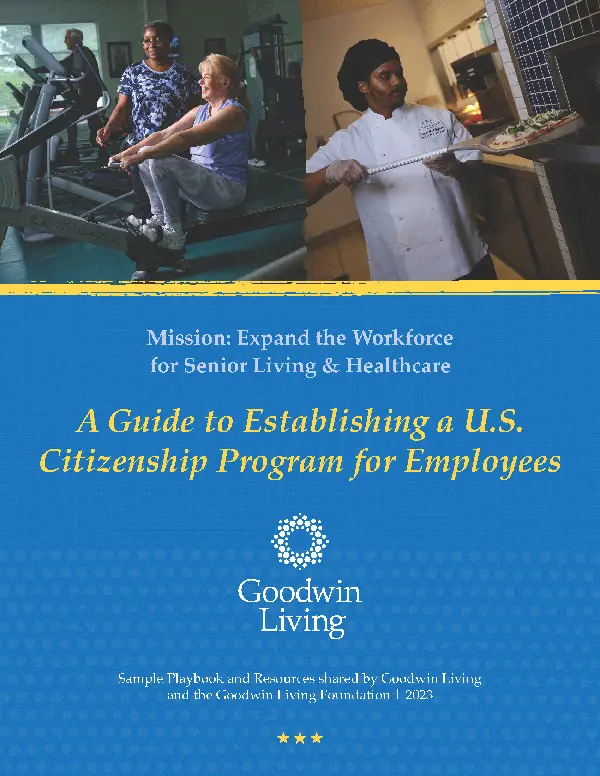
Live Vibrantly - June 29, 2021
By Leslie LaPlace
While previous chapters in our Anatomy Series—the foot and ankle, the legs and the hips and glutes—each discussed the bones and muscles that made up these areas. Today’s chapter on the core is a little different, as the core is an area of our body consisting entirely of muscle.
The core muscles affect everything we do, from our breathing to our posture to our every movement. Let’s explore the muscles that make up this critical area of the body. I’ll discuss how the core functions and why it’s so important and offer exercises to strengthen this vital area. Read on to get to the core of the matter.
When you imagine your core, the first words that come to mind may be “abs” or “six-pack”. These areas are only part of your core. The major muscles of the core can be divided into two groups: local or deep muscles and global or superficial muscles. These muscles protect your abdominal organs, keep your spine stable and give you the ability to flex, rotate and bend your trunk.
Local or deep muscles (inner core) are muscles that directly attach to the lumbar vertebra in your spine and are responsible for providing stability and control during movement. These muscles include:
You can think of the deep muscles as a container, with the pelvic floor at the bottom, the transverse abdominus, internal obliques and multifidus at the sides and the diaphragm topping them like a lid. Together, they form a stable base for effective movement. If any one of them is weakened, the entire base is weakened, too.
Global or superficial muscles (outer core) are large muscles that stabilize the trunk and move the spine (though they don’t attach directly to the spine). Superficial muscles include:
There are other minor core muscles that assist the major core muscles in activities or movements requiring stability. These include the latissimus dorsi and trapezius—back muscles we’ll discuss in the next chapter of this Anatomy Series—and the gluteus maximus, which we discussed in Part 3.
Why is the core so important? Functional movements we perform every day depend on our core: breathing, moving the spine and pelvis with strength and stability and maintaining our posture and balance.
Your core muscles are the sturdy central link in a chain that connects your upper and lower body. Having a strong, flexible core will enhance almost everything you do.
A strong diaphragm will impact both your breathing and the stability of your spine. Improper breath patters can lead to instability in the spine, which in turn can cause back pain and tension in the neck and shoulders.
Every movement you make begins in your core or moves through it. Keeping the center part (pelvis to shoulders) of your body stable supports the movement forces from the arms and legs, which in turn will also increase your ability to both move and balance. A strong core will help to prevent falls and injuries and give you more power in your movements.
Finally, having a strong core will also help to improve your posture. Improved posture can help with a lot of things—from reducing back pain and tension headaches to increasing lung capacity to improving your circulation and digestion. And that’s just the tip of the iceberg.
A strong core is key for stabilizing, balancing and powering your body. There are many exercises you can do to strengthen this key area. I’ve put together a video to get you started. Incorporate core exercises into your daily routine and see how much more balanced, stable and strong you feel with every movement you make.
____________________
Leslie LaPlace, Fitness Manager at Goodwin House Alexandria, is self described recovering Software Development Project Manager. Leslie parlayed a lifelong love of and belief in the restorative power of exercise into a satisfying career working with adults ages 55 and older. She believes that staying active can help reduce aches and pains—It’s also a great anti-aging remedy. She has more than six years’ experience working with seniors at Arlington County, The Jefferson, Goodwin House Bailey’s Crossroads and Goodwin House Alexandria. Leslie is a certified personal trainer and aquatic instructor who loves creating a positive and fun training experience. She believes that it’s never too late to improve your strength and balance!
